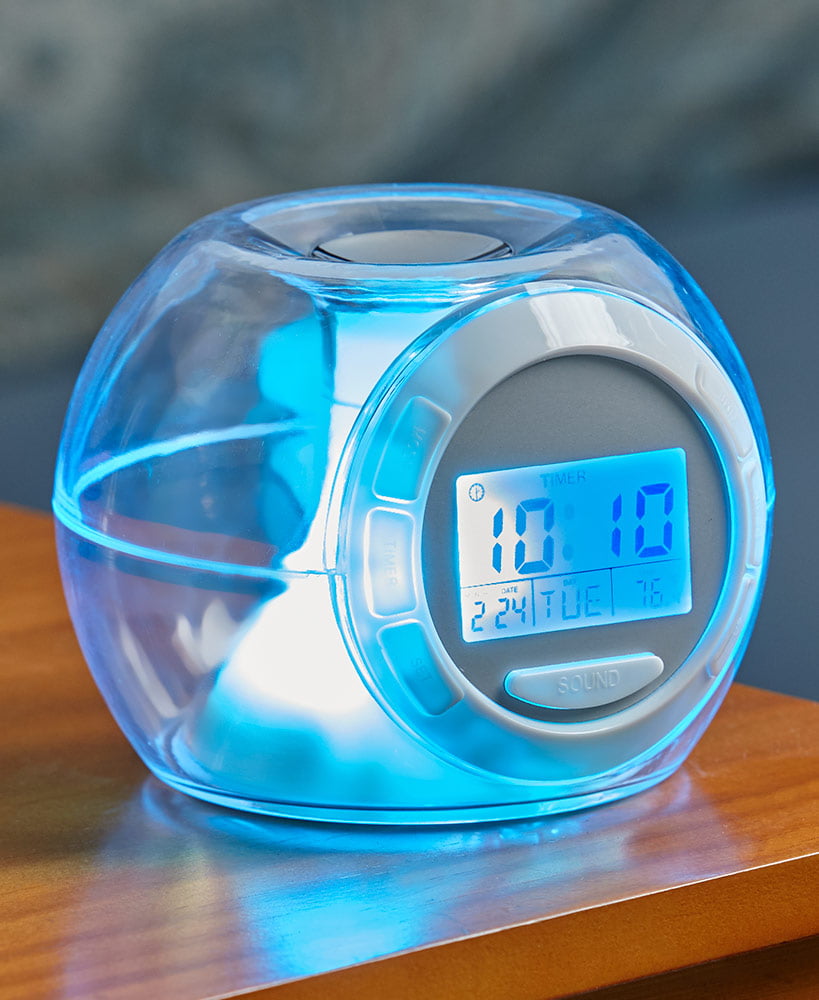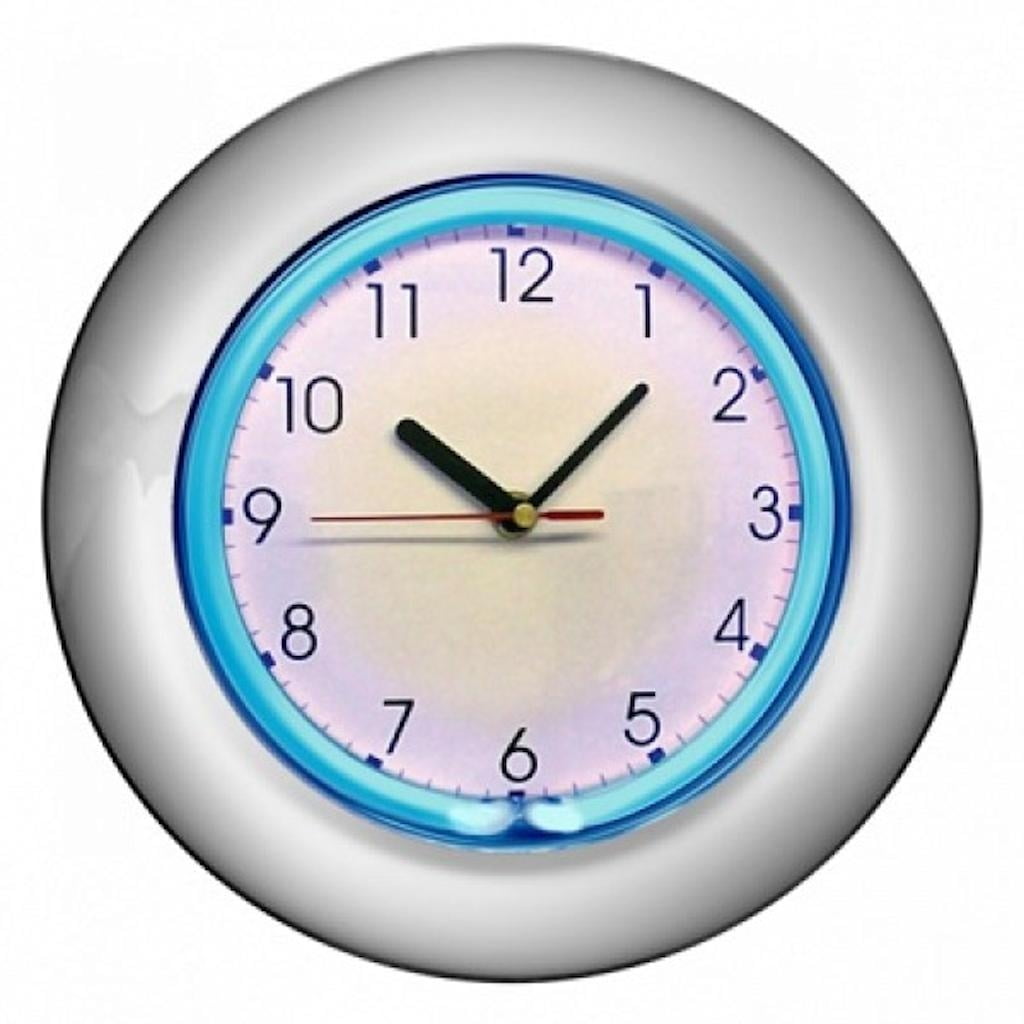


reasoned that even if they couldn’t read the numbers on the clock yet, if he had the display change colors to indicate different periods of the day (sleep, play, cleanup, etc), it would not only keep them on schedule, but reinforce the meaning of the numbers on the screen.

Colors and shapes come fairly easy to children of this age, but time and how it relates to the day is a bit more difficult for them especially as their comprehension of numbers is still developing. He mentions the next revision of the project will focus on Google Home integration, which should be interesting to see.Īs a father of two pre-school age children, he was looking for a way to help his kids understand the concept of time and scheduled activities. This is his second version of the hardware which makes some pretty big improvements over the original, including moving from the Pi B to the Pi Zero and an internal simplification of the wiring. We like DS Clock's old school simplicity and flexibility, which let us create the clock display that best suited our needs and park it where it could show us the date and time at a glance without distracting from other windows.Hackaday reader dropped by the tip line recently to let us know about the latest version of his color-changing LCD clock project. We didn't try the Calendarscope integration, though the associated pop-ups worked well. Right-clicking the clock display also accesses the Options and also let us enable or disable the sounds, lock the window position, and open neat little stopwatch apps, as many as we needed.

The process involved modifying the timesvrs.dat file in a text editor, which is easy enough if you need something more than what DS Clock provides. We clicked a button labeled "How do I add my own time server?" which called up the appropriate page in the program's fully indexed Help file. The Synchronization tab included a long list of time servers to choose from as well as log-keeping options. We could also customize not only the font but also the text and background colors, and set a variety of options such as loading on start-up, locking the window position, and selecting the first day of the week. Clicking buttons labeled Date, Time, Time Zone, and Separator let us choose from pop-up lists. DS Clock lets users build their own clock display by entering their preferred sequences (the default is hh:mm:ss tt -MMMM dd.yyyy) with a variety of examples available by clicking the Samples button. It also displays pop-up reminders using Calendarscope, and it's compatible with Swatch Internet Time and Stopwatches.ĭS Clock opened with both its compact time display and its Options dialog, which is divided into two tabs, Clock and Synchronization. It synchronizes with atomic clocks and time servers around the world. It displays the time and date in a wide range of formats in an unobtrusive, compact linear window. Some are simple and straightforward yet almost completely customizable, like DS Clock from Duality Software. There is no shortage of such displays most are free, and many reproduce analog clock faces, though most use digital displays. Desktop time and date displays are nothing new to Windows, which traditionally lags behind the aftermarket when it comes to timekeeping.


 0 kommentar(er)
0 kommentar(er)
